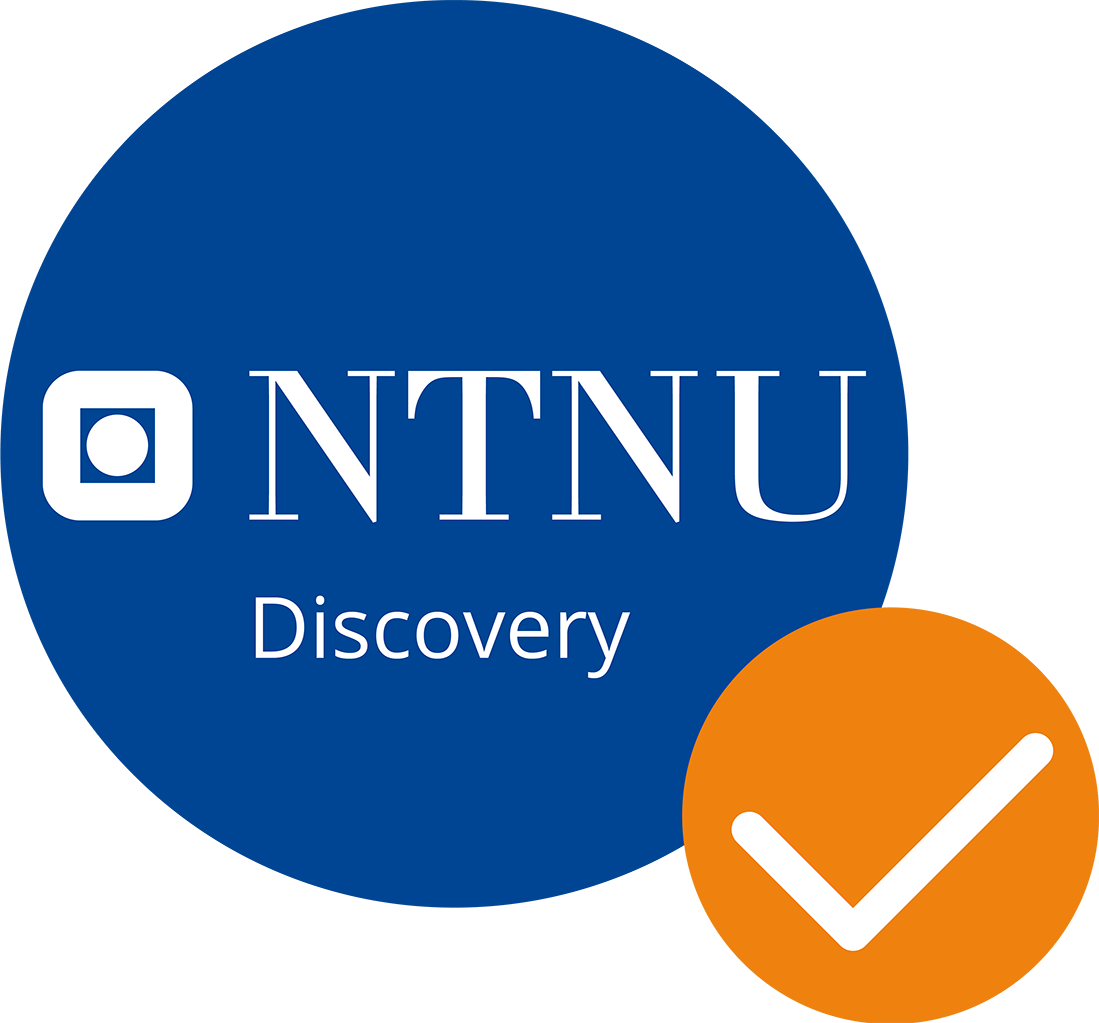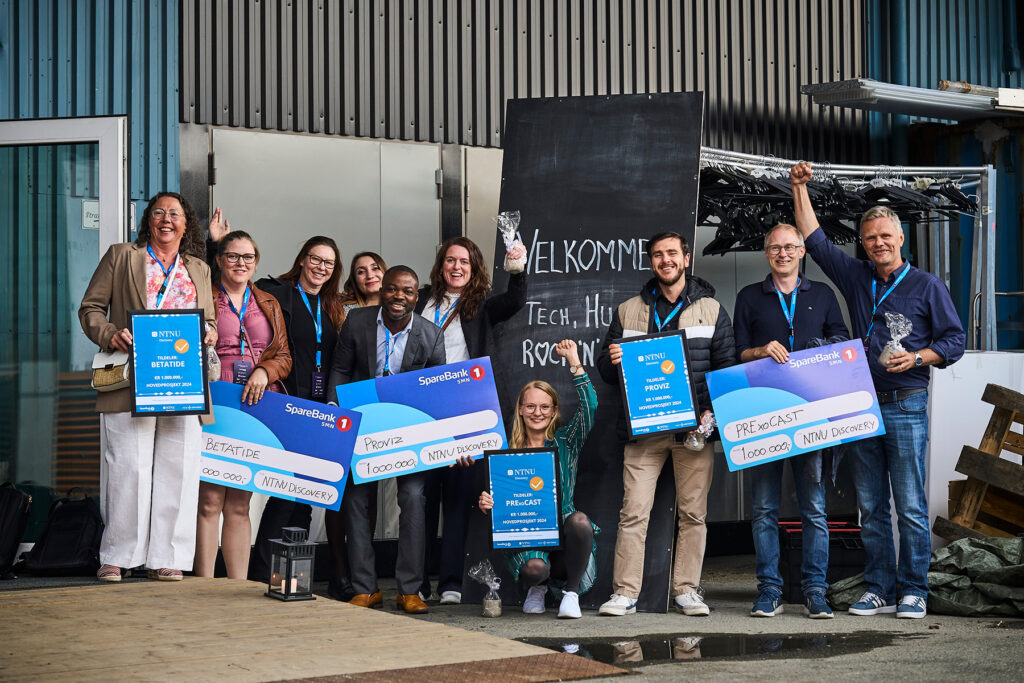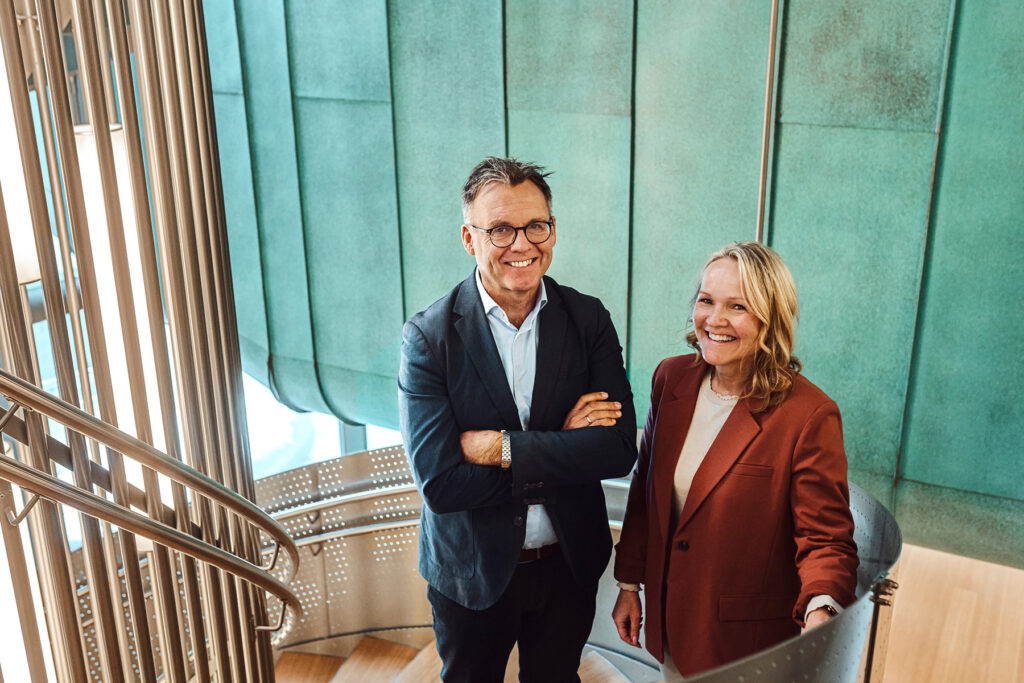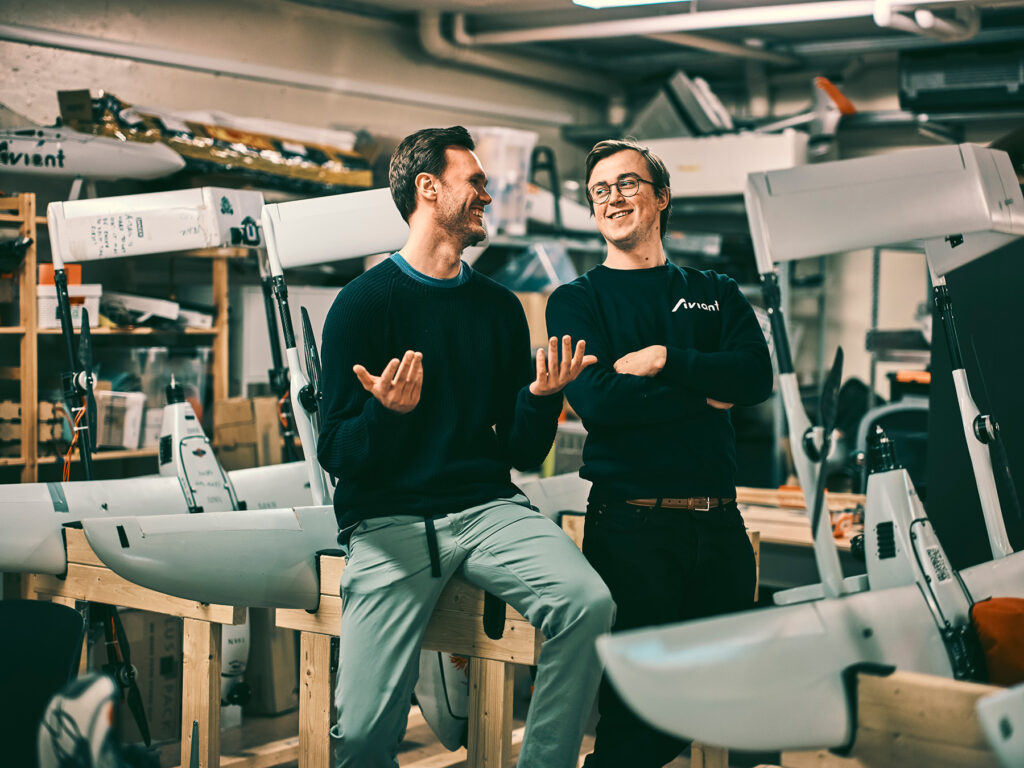Fanger CO2 med leire
Tekst: Anne-Lise Aakervik
Foto: synlig.no
Naturlig leire kan, med mindre endringer på nanonivå fange enorme mengder CO2. I 20 år har professor Jon Otto Fossum og medarbeidere forsket på mekanismene som gir en bærekraftig løsning for CO2-fangst.
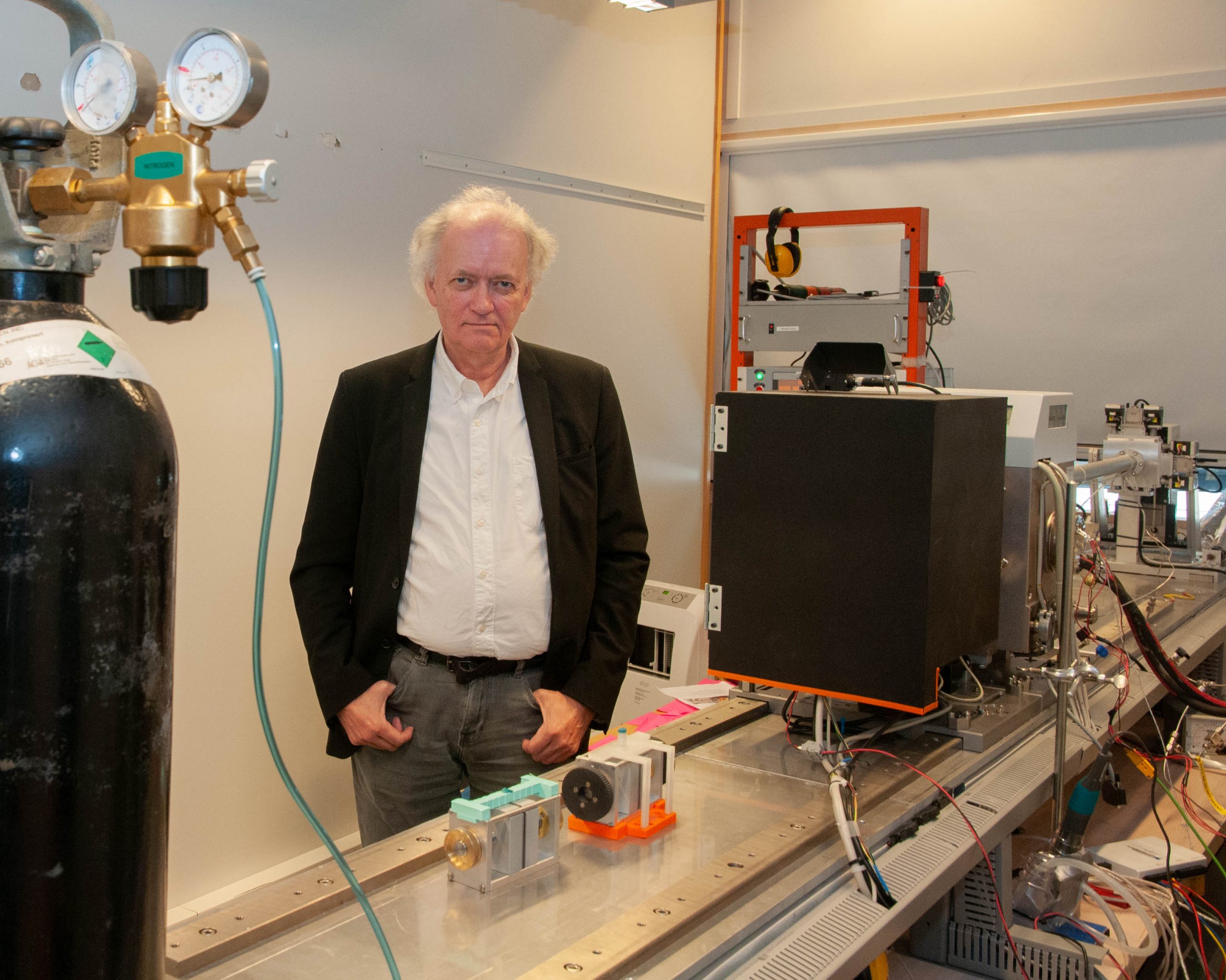
Leire er bygd opp som en kortstokk med nanometertykke kort. Og det er mellom disse kortene at CO2 molekylene, lagres. Til sammen har leirkortene ekstrem stor overflate innenfor et kompakt volum og kan derfor fange enorme mengder CO2. Det er det som gjør at leire kan konkurrerer med andre materialer på CO2-fangst.
Tverrfaglig maraton
Sammen med et team av fysikere, kjemikere og materialteknologer fra Norge, Tyskland og Brasil har fysiker Fossum og medarbeidere ved institutt for fysikk ved NTNU forsket lenge på leire for å skjønne hva som skjer når den fanger CO2.
– Vi har jobbet i over 20 år med en syntetisk utgave av den samme leira som vi finner i naturen. Vi har valgt en syntetisk utgave fordi den er ren og uten defekter, noe som gjør at vi kan forstå hva som foregår uten å bli forstyrret av forurensninger eller defekter, sier Jon Otto Fossum. På nanonivå ser leire ut som stablete kortstokker, forklarer Fossum. Og det er mellom de bitte små flate mellomrommene i kortstablene at CO2 kryper inn. Men vi skjønte ikke helt hvordan CO2 molekylene klarte det.
Ting tar ofte tid i forskningens verden – så også i denne. I løpet av årene har flere master- og doktorgradsstudenter bidratt til prosjektet med problemstillinger som de skriver om i sine oppgaver. Det var også i et slikt prosjekt som løftet forskningen flere hakk, og det viktigste bidraget her kom fra doktorgrads- avhandlingen til Kristoffer W.B. Hunvik som disputerte høsten 2020.
– I fjor gjorde vi store fremskritt med tanke på å forstå hva som egentlig foregår når leira fanger CO2, sier Fossum. – Vi hadde nemlig ikke forstått hvilken konkret mekanisme som kunne gjøre det. Dette klarte vi å finne ut av ved å først å fjerne vannet fra leira, og deretter funksjonalisere kortstokkene på nanoskala med såkalte hydroksider. Da forsto vi hva som skjer når CO2 kryper inn i leire-kortstokkene. Det neste vi skal gjøre er å overføre alt vi har lært og forstått gjennom grunnforskning på syntetisk leire til anvendelser i naturlig leire. Dette bruker vi støtten fra NTNU Discovery til.
Naturlig leire, bentonitt, kan med mindre endringer på nanonivå altså fange enorme mengder CO2. Denne leirtypen finnes det lite av i Norge, men både USA, Kina og andre land har store forekomster som hentes ut.
Gjenbruk og bærekraftig
Leire er et bærekraftig materiale fordi det finnes naturlig ute naturen, og i denne sammenhengen kan den benyttes flere ganger. Det er mulig å fange CO2 med leire, og det går fint an å tømme leira for CO2 igjen – det er bare temperatur og trykk som teller. Varmes den opp frigjøres CO2, som da må lagres et annet sted, f.eks. i bakken, eller brukes til andre formål.
– Vi kan også separere gassblandinger ved å benytte denne teknologien, forklarer Fossum. Da ser vi for oss at gassblandingen sendes gjennom en kolonne med leirpulver, som fanger CO2, mens de andre gass-ingrediensene slipper gjennom. Etter hvert planlegger vi å teste ut hvordan dette fungerer i separasjonsanlegg som allerede finnes, og er i dialog med Teknologisenter Mongstad.
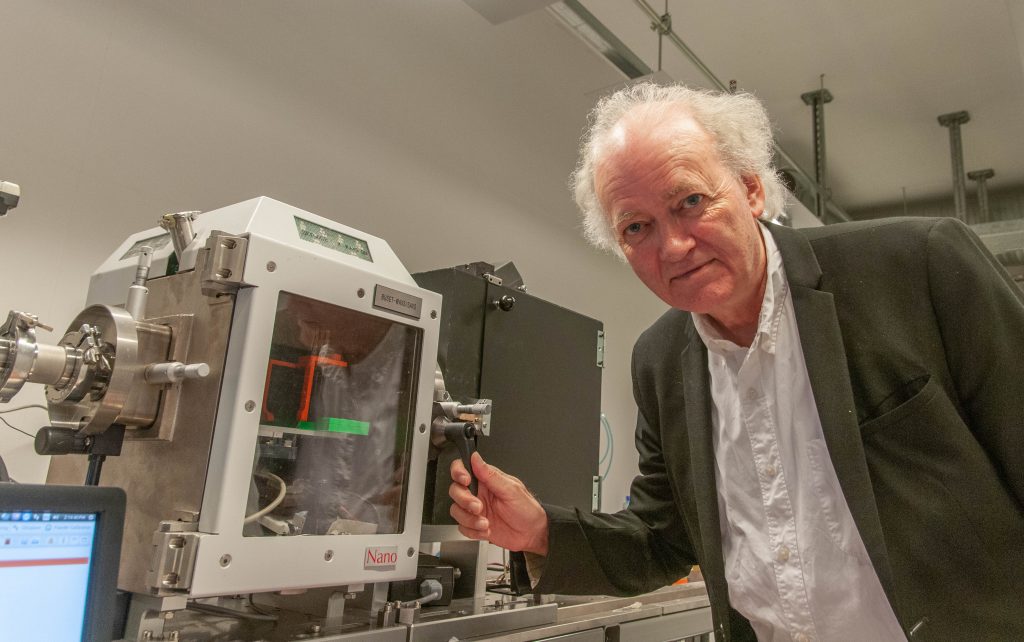
Fanger mer med nikkel
Det forskerteamet også observerte er at leire med nikkel i fanger mer CO2 enn leire med andre typer ioner i seg. Dette handler om at nikkel danner nikkelhydroksid i leira.
– Det vi skal gjøre i fortsettelsen er å forsøke å optimalisere nikkel hydroksidelementet mellom hvert nanolag. Får vi til det så vil vi kunne fange enda mer CO2 enn det vi har publisert til nå. Vi benytter nikkel for å forstå mekanismer, men det finnes andre og mer bærekraftige elementer enn nikkel hvis dette blir en godkjent prosess, forklarerer Fossum.
Leiras fortreffelighet
Parallelt i løpet av de 20 årene har Fossum sin forskningsgruppe ved NTNU forsket på mange andre ting i tilknytning til leire.
Leire benyttes allerede som katalysatormateriale, og bentonitt brukes industrielt til maling, kosmetikk, boreslam og det er faktisk mulig å spise det. Den benyttes også til å lagre kjerneavfall.
– Men så langt er den industrielle bruken i hovedsak empirisk, man ser at det fungerer, men vet ikke helt hvordan. Vi har nå gjort et grundig arbeid for å forstå hva som faktisk skjer, sier Fossum. – Slik har arbeidet vårt vært et viktig bidrag til å forstå prosessene for å kunne gjøre de enda bedre. Potensialet til leire som natur ressurs er enda langt fra utnyttet.
Fra CO2 til annet produkt
Forskerne er allerede i gang med å se på mulighetene til å omforme CO2 mens den fremdeles befinner seg i leira, og få ut et annet produkt. Men dette er et stykke frem i tid.
– Det vi gjør nå er å teste ut det vi har forstått, for å overføre dette til anvendelser og ny teknologi. Så vil vi søke kvalifiseringsmidler fra Forskningsrådet for å gå videre. Vi har allerede sendt inn patentsøknad på CO2 fangst mekanismen. Vi ser store anvendelsesmuligheter i vår grunnleggende forskning på leire, og vi har flere patentsøknader på gang.
Få trodde på dette
Er det noe som har overrasket deg gjennom disse årene du har forsket på leire?
– Da vi begynte med CO2 og leire var det flere som sa at dette kunne vi bare gi opp med en gang, det går ikke. Men for omtrent 10 år siden tok dette feltet av og det har siden blitt publisert mange arbeider på dette, inkludert av oss.
Til og med på verdensbasis er Fossum er en av få fysikere som jobber med grunnleggende studier av leire. Når man går inn i et slikt felt som fysiker, kommer man inn med en annen bakgrunn enn de som jobber der fra før, både med hensyn til vitenskapelig innhold og metoder, og da kan vi bidra best ved å sette sammen tverrfaglige internasjonale team bestående av forskere innen fysikk, kjemi, materialteknologi, geologi, fluidmekanikk, eksperimentalister, teoretikere etc., slik som vi har gjort i dette tilfellet, sier Fossum, som er etter 40 år i grunnforskningens tjeneste nå synes tiden er moden for å gå videre til innovasjon
Fakta:
CO2 -leire aktivitetene inntil 2020 har fått viktig støtte fra NFR gjennom CLIMIT og FRIPRO programmene, sist via et dedikert FRIPRO prosjekt som var et samarbeid mellom NTNU og Institutt for Energiteknikk – IFE – Kjeller. Vår nanoforskning på leire har i tillegg fått støtte via Nanomat, Nano2021 og Petromaks programmene i NFR.
Prosjekter og nyheter
Kontakt:
Prosjektleder
Jan Hassel
Epost: jan.hassel@ntnu.no
Telefon: 906 53 180
Kontor: Hovedbygget, sokkel
Håvard Wibe
Epost: havard.wibe@ntnu.no
Telefon: 41 47 37 68
Kontor: Hovedbygget, sokkel

